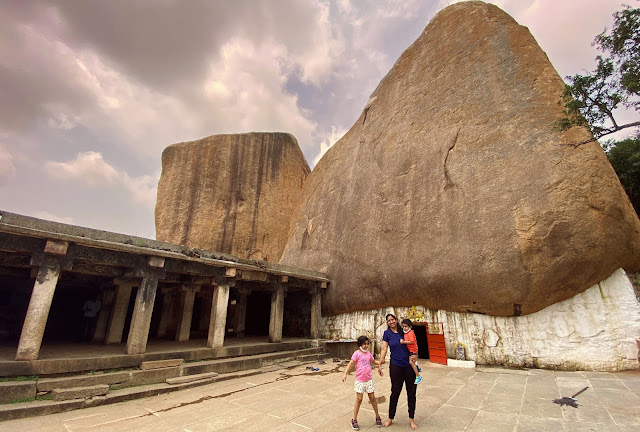Introduction to Sar Pass
The Sar Pass Trek, nestled in the heart of
the Himalayas, is a breathtaking journey that takes adventurers through some of
the most pristine and awe-inspiring landscapes in India. This article will
serve as your ultimate guide to this incredible trek, providing you with all
the information you need to embark on this memorable adventure.
The Sar Pass's Beauty
Sar Pass is located in Himachal Pradesh's
Parvati Valley, stands at an elevation of approximately 13,850 feet, making it
a moderate-to-challenging trek. It is perfect for those looking to test their
mettle and soak in the unparalleled beauty of the Himalayan wilderness.
Planning Your Trek
Choosing the Right Time
May to June and September to November are
the ideal times to start the Sar Pass Trek. The trails are at their most
beautiful during these months, and the weather is often consistent. If you are
looking for a trek to Sar Pass
Checkout The Searching Souls.
Permits and Regulations
Before setting out, make sure to obtain the
necessary permits. The trek falls within the protected region of the Parvati
Valley, so respecting local regulations is essential.
Gearing Up
Essential Gear
You'll need a sturdy pair of trekking
boots, warm clothing, a good quality backpack, and trekking poles to tackle the
challenging terrain.
Remember that you'll be carrying your own
gear, so pack wisely. Ensure that you have enough space for essentials like
food, water, and extra clothing layers.
The Trekking Experience
Day 1: Kasol to Grahan Village
Your journey begins in Kasol, a popular
backpacker's hub. From here, you'll hike to Grahan Village, a relatively easy
trail that offers fantastic views of the Parvati River.
Day 2: Grahan Village to Min Thach
On the second day, you'll trek to Min
Thach, a serene meadow where you can set up camp and rest for the night.
Day 3: Min Thach to Nagaru
This leg of the trek involves gaining
significant altitude. The path can be challenging, but the sight of the
towering Himalayan peaks makes it all worth it.
Day 4: Nagaru to Biskeri Thach
As you continue your ascent, you'll be
welcomed by the lush Biskeri Thach, a beautiful campsite surrounded by alpine
flowers and pristine landscapes.
Day 5: Biskeri Thach to Sar Pass and Back to Biskeri Thach
The highlight of your journey, you'll trek
to Sar Pass and witness awe-inspiring panoramic views. The descent back to
Biskeri Thach offers a different perspective of the landscape.
Day 6: Return to Kasol from Biskeri Thach and Barshaini
Your trek concludes as you make your way
back to Barshaini and then to Kasol. This last leg provides an opportunity to
reflect on the incredible journey you've undertaken.
Safety and Health
Altitude Sickness
Be mindful of altitude sickness, as the
trek reaches significant heights. Acclimatization is crucial, so take it slow
and stay hydrated.
Emergency Contacts
Keep a list of emergency contacts,
including local authorities and trek organizers, to ensure a safe and secure
journey. Lookout The Searching Souls if you are searching for a Sar Pass Trek.
Conclusion
The Sar Pass Trek is more than just an
adventure; it's an experience of a lifetime. As you traverse through the
pristine Himalayan wilderness, you'll forge a deep connection with nature and
create memories that will last forever.
Frequently Asked Questions
1 How challenging is the Sar Pass Trek?
The Sar Pass Trek is rated as moderately
difficult to difficult. It involves steep ascents and descents, so a reasonable
level of fitness is recommended.
2.
What time of year is ideal for the Sar Pass Trek?
The best time to undertake the Sar Pass
Trek is from May to June and September to November when the weather is
relatively stable, and the scenery is at its best.
3.
Do I need to have prior hiking experience?
While prior trekking experience is helpful,
the Sar Pass Trek is suitable for beginners as long as they are in good
physical condition and adequately prepared.
4. Are there any age restrictions for the trek?
There is no strict age limit, but
participants should be in good health and capable of handling the physical
demands of the trek.
5. What should I expect in terms of wildlife during the trek?
The Sar Pass region is home to various
wildlife, including Himalayan birds and small mammals. However, encounters with
larger animals are rare, and they usually avoid human presence. It's essential
to maintain respect for the local wildlife and not disturb their habitats.




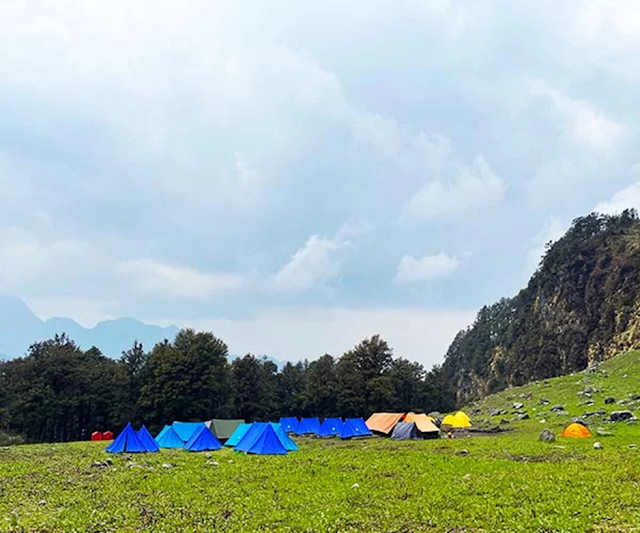








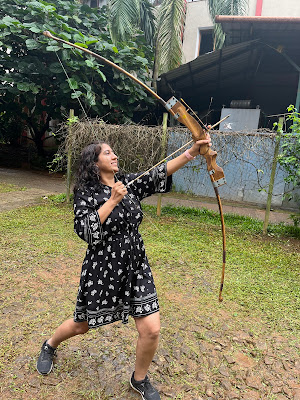



.jpg)
.jpg)
.jpg)
.jpg)
.jpg)


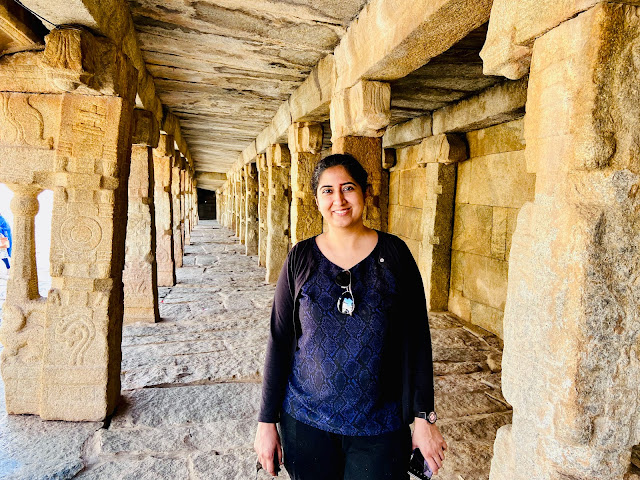
.jpg)
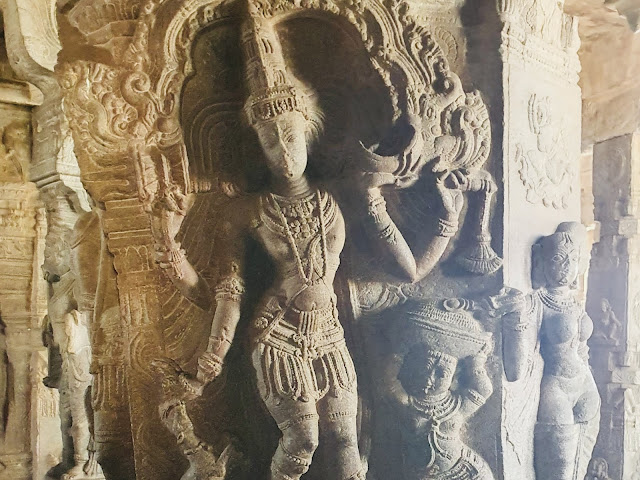

.jpg)

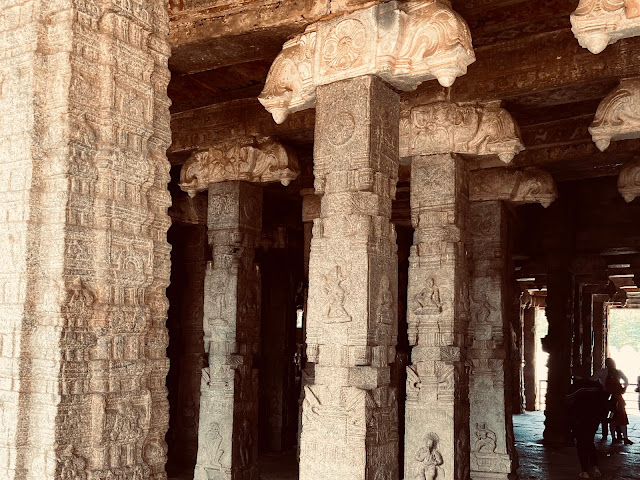


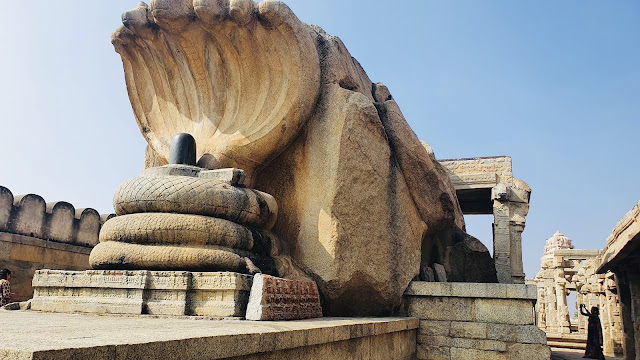


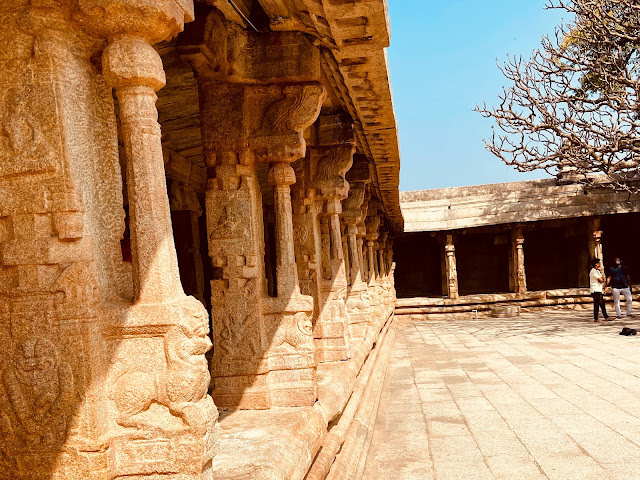

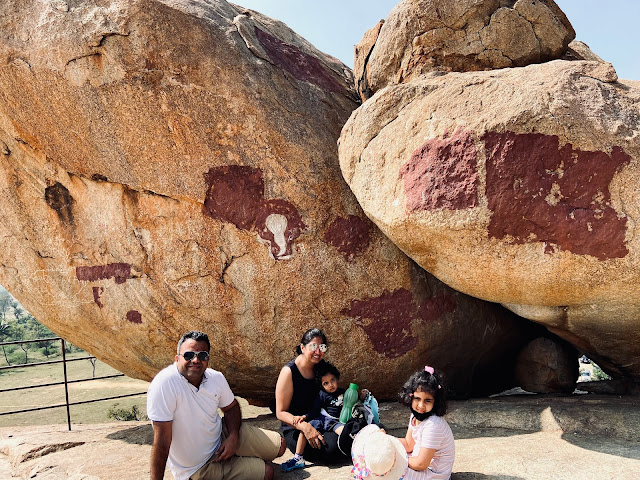
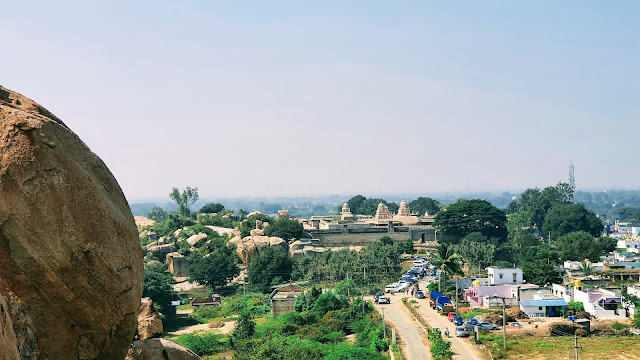





.jpg)

.jpg)
.jpg)

.jpg)
.jpg)

.jpg)
.jpg)
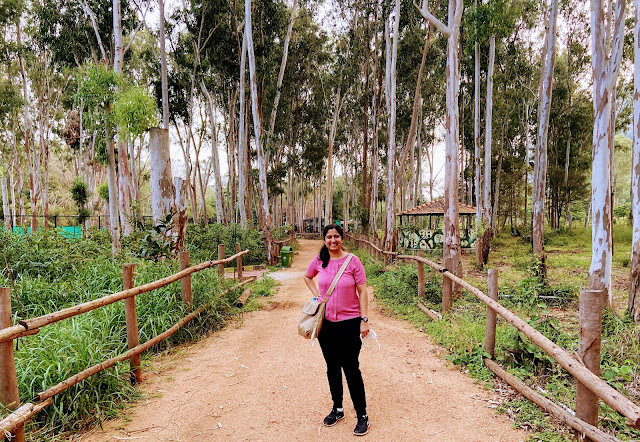
.jpg)
